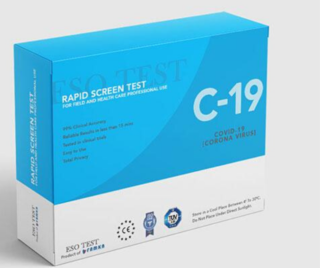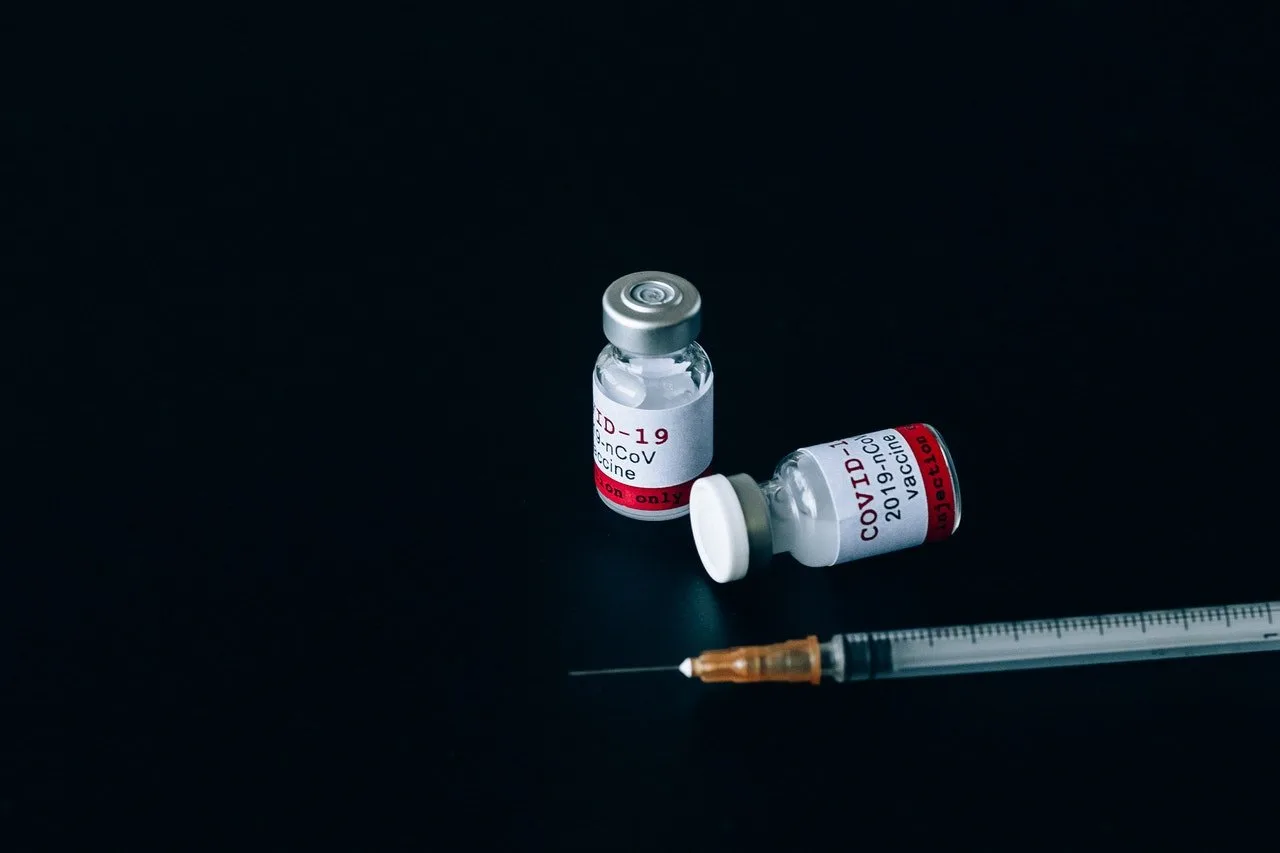Medical research is at an important juncture in its development. The disruptions caused by the COVID-19 pandemic have highlighted the need to invest in research and prepare for deadlier outbreaks in the future. From there, the medical community has refined existing methods and introduced new ones that can help accelerate the rollout of vaccines, testing kits, and equipment.
The pandemic has had a significant impact on medical research. It’s important for institutions, contract research organizations, and the public sector to utilize new tools and approaches. What exactly should we expect from medical research in the future? Here are a few important takeaways that will shape the world of healthcare in the years to come:
Highlighting the role of rapid testing
Initially, governments across the globe scrambled to contain the COVID-19 virus as quickly as they could. This required early detection and containment of infected individuals. Diagnostic testing is integral along these lines. However, considering the rate at which the virus spreads, health authorities need to underscore faster turnaround times. They need to do this without so much as diminishing the accuracy of results.

Photo by Mufid Majnun on Unsplash
On top of the standard RT-PCR tests that provide results within two to five days, medical institutions are developing faster methods to diagnose suspected COVID-19 carriers in less than an hour. At the moment, there are two types of rapid test procedures for COVID-19: rapid antigen tests and rapid molecular tests.
Certain organizations and research institutions are putting in work to develop faster and less costly testing kits that individuals can use at home. Since then, the U.S. Food and Drug Administration has announced that it will authorize the emergency use of a number of rapid test kits. This helps reduce queues at RT-PCR testing centers, minimize the exposure of high-risk groups such as pregnant women, the elderly, and patients who are immunocompromised, and more importantly, implement rational containment policies.
However, the use of rapid testing has been hounded by reliability and accuracy issues. As an article on the Harvard Medical School website points out, antigen and molecular tests for COVID-19 are new, and there is no way to measure their accuracy. Nonetheless, rapid testing still holds the key to an effective pandemic response. It is only a matter of fine-tuning the processes that are involved in the design and deployment of more accurate self-testing kits.
The need to streamline clinical trials
The world’s leading drug manufacturers such as Moderna, Pfizer-BioNTech, and Oxford-AstraZeneca have been at the forefront of global vaccine efforts. It’s a race against time for these manufacturers as the virus continues to produce new variants.
 With this in mind, there have been concerted efforts to accelerate vaccine development which took at least 15 years to complete under normal circumstances. Thankfully, new technology has made it easier for research institutions to gather and analyze data from the field. However, the only challenge is the need to conduct clinical trials.
With this in mind, there have been concerted efforts to accelerate vaccine development which took at least 15 years to complete under normal circumstances. Thankfully, new technology has made it easier for research institutions to gather and analyze data from the field. However, the only challenge is the need to conduct clinical trials.
Ideally, clinical trials are conducted in controlled settings. Researchers will have to look for better means to recruit willing participants without putting them at risk. Apart from that, it’s also important for researchers to improve the diversity of participants. This would mean reaching out to individuals living in far-flung areas or communities.
It’s for this reason that home healthcare providers are being tapped for large-scale clinical trials meant to expedite vaccine research efforts. Knowing how to deliver in-home clinical trial services and incorporating these into the research process has proven critical to the immediate roll-out of vaccine programs. In addition, home visits provide participants a convenient and less risky way to take part in clinical trials.
Along with telemedicine and virtual appointments, home visits will surely have a place in future R&D efforts. It is only a matter of training nurses and developing specialized equipment. Keeping in mind the destructive effects of a global health crisis as COVID-19, medical research communities will need to move fast in their response without putting vulnerable people at risk.
New technology charts a new path
The COVID-19 pandemic has certainly placed the spotlight on new tools and platforms. From big analytics to IoT, the increasing reliance on such technologies will surely impact research approaches in the long run. For one thing, big data has been instrumental in terms of helping healthcare authorities monitor individual COVID-19 cases, run simulations on possible community outbreaks, and develop better strategies to restrict the movement of the virus.
Along the lines of clinical research, big data concepts will improve the processes that are involved in vaccine development. Using the right tools, researchers could gather enough data on individual patients, and analyze risks. They could then generate insights that provide a more accurate picture of where the virus is headed in terms of its mutation.
From this experience, medical research teams should look at how big data supports decision-making and the need to understand how viruses such as SARS-nCoV-2 evolve. In doing so, healthcare agencies and institutions could develop the right strategies to prevent outbreaks from becoming worse.
Technology that’s anchored on the Internet-of-Things or IoT, on the other hand, also provides considerable benefits to clinical research. For one, integrating IoT can help hospitals and agencies. They could help them create knowledge bases that support research efforts and foster closer collaboration among different members of teams.
IoT has massive potential when it comes to developing smart research tools. This would require institutions to invest heavily in upgrading existing tech and acquiring new tools. They’ll also need to train medical professionals and researchers to make the most out of IoT-based equipment. These developments will provide greater accessibility and improved efficiency to research institutions that need to act fast against future medical threats.
Conclusion
The COVID-19 pandemic has changed the way we live. However, it still served as an important catalyst for transformation and innovation. We can only expect the field of medical research to thrive as a result.



![women [longevity live]](https://longevitylive.com/wp-content/uploads/2020/01/photo-of-women-walking-down-the-street-1116984-100x100.jpg)










